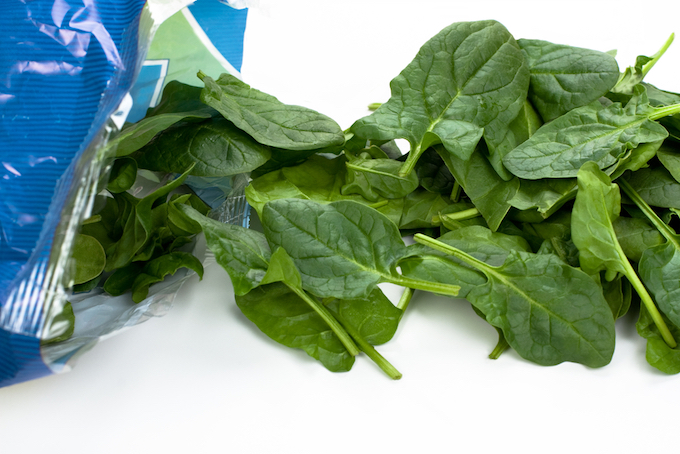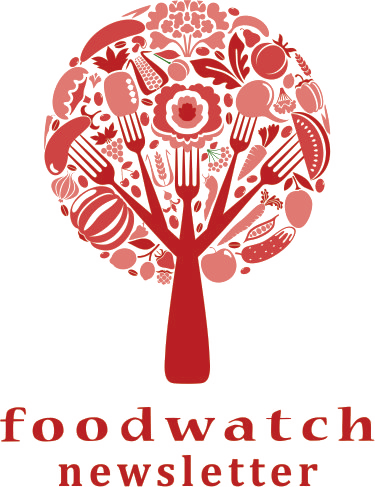Washed, packed and ready-to-eat – or is it?

We’ve all seen, and probably used, pre-cut and ready-to-eat vegetables – washed lettuce leaves, washed rocket, baby spinach leaves, broccoli florets, cauliflower pieces, cubes of peeled pumpkin, not to mention trimmed beans and cauliflower ‘rice’. But are they ready-to-eat or should you wash them again at home?
A less than rigorous, but nonetheless interesting study
The Channel 9 Today Show tested fruits and vegetables from a range of food stores to see what their bacterial load was before and after washing, as well as comparing loose and packaged, pre-washed foods.
Bacterial load is measured in CFU (Colony Forming Units) per gram. And while we don’t know how these foods were stored after purchase and before delivering to the lab – you’ll notice in the video the scientist says that pre-packaged vegetables should be stored below 5°C – the results still give a clear message.
The results for unpackaged produce
Loose apples, tomatoes and bags of grapes were tested for bacteria before and after washing. While the story didn’t specify the actual bacterial load, it did say that the bacterial count was minimal and there was little difference between the washed and unwashed items. While the scientist and reporter seem to think it was fine to eat unwashed produce, personally I’d prefer to wash it. I don’t know who, or how many people have handled it before me and I like to err on the side of caution.

The results for packaged, pre-washed produce
The results here were orders of magnitude higher. Take a look.
|
Food |
Bacterial load (CFU/g) |
|
Lettuce sold whole, unwashed |
390,000 |
|
Lettuce sold whole, washed |
63,000 |
|
Lettuce sold as loose leaves, unwashed |
470,000 |
|
Lettuce sold pre-washed and packaged |
9,500,000 |
|
Broccoli sold whole, unwashed |
280,000 |
|
Broccoli sold pre-washed and packaged |
850,000 |
What does all this mean?
From these results it would appear that ready-to-eat, chopped or loose-leaf vegetables would benefit from a rinse before you eat them. Especially as many of these foods like rocket and baby spinach are eaten raw and consequently the bacteria are not killed by cooking. I know that packaged chopped broccoli or cauliflower is handy and quick but really it takes only a few seconds to chop and wash your own. Also of concern is the pre-packaged cauliflower and broccoli ‘rice’. The surface area of these products is greater and I’d be very interested to see the results of the bacterial load of these products.
You can watch the Channel 9 video here.
The bottom line
We know that a common piece of advice given to travellers is not to eat raw foods that you can’t peel if you want to avoid getting the local version of ‘Delhi Belly’. I think the same applies at home. It takes 5 seconds to wash a piece of fruit or a vegetable. You don’t need to use litres and litres of water and anyway if you collect it in a bowl you can pour it on your garden. Given the times we’re living through with the COVID-19 pandemic, I’d opt for the ‘better safe than sorry’ mantra and not only wash my hands but also the food I’m going to put in my mouth.
Post written by Munaiba Khan, a retired naturopath with an interest in nutrition.




 Like what you've read so far?
Like what you've read so far?
